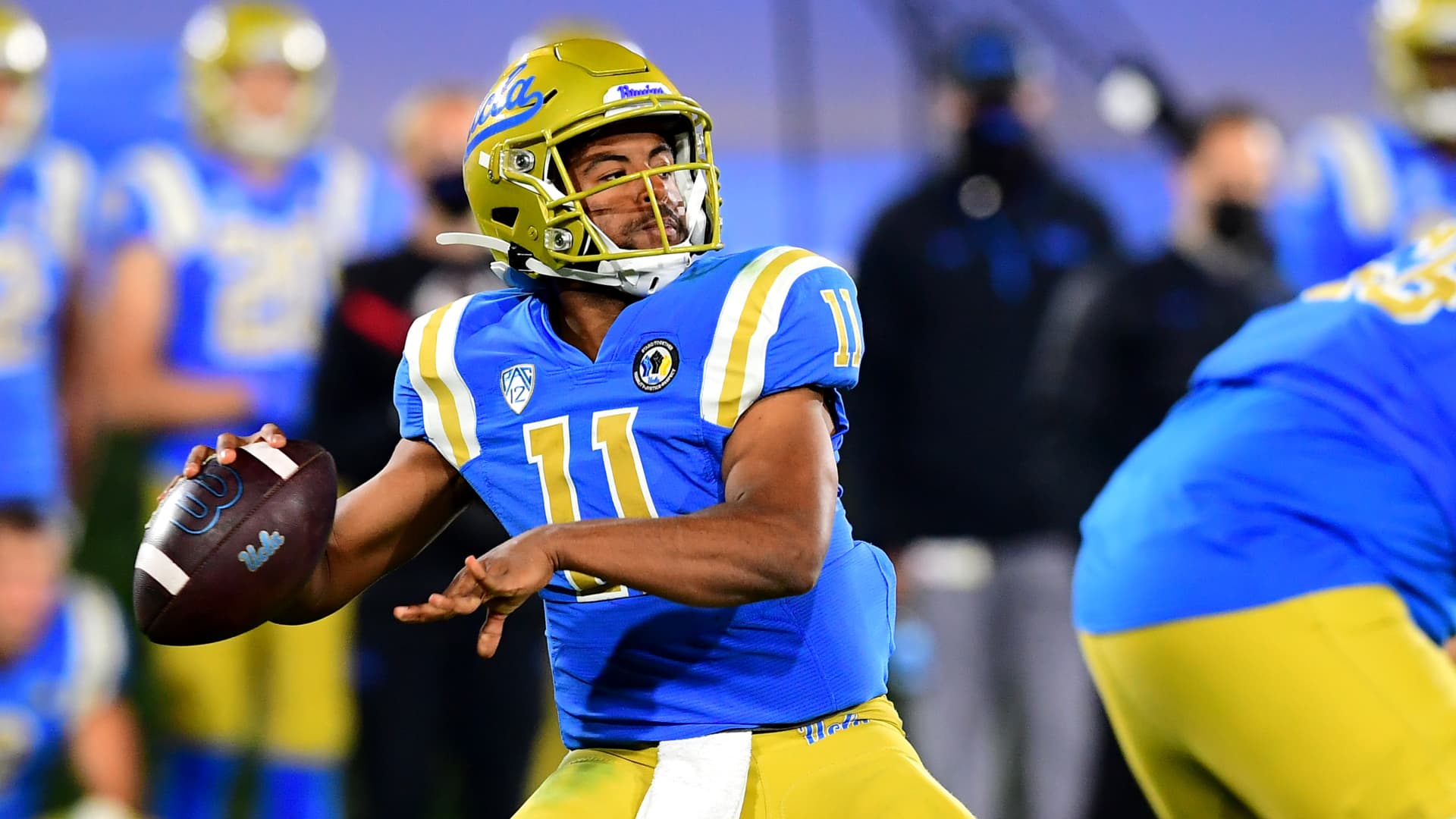
- Name, image and likeness regulations are funneling more money into college athletes' bank accounts — and making financial literacy more important.
- Athletes like Louisiana State University gymnast Olivia Dunne and University of Iowa women's basketball star Caitlin Clark have NIL valuations over $3 million, according to college sports site On3.
- "All of the issues that pro athletes have dealt with for years are now going downstream," said former NFL player and CNBC Global Financial Wellness Advisory Board member Brandon Copeland.
Three years after three little letters revolutionized collegiate sports, a billion-dollar industry is funneling more money into college athletes' bank accounts — and financial literacy has never been more important.
In 2021, college athletes in the NCAA gained the opportunity to benefit financially from their name, image and likeness — known as NIL regulations. That meant that they could get paid for signing autographs or posting on social media as brand ambassadors, among other things.
Athletes like Louisiana State University gymnast Olivia Dunne and University of Iowa women's basketball star Caitlin Clark have NIL valuations over $3 million, according to college sports site On3, which combines an athlete's projected value to his or her roster and their licensing and sponsorship prospects to estimate an overall annual value.
Get top local stories in DFW delivered to you every morning. Sign up for NBC DFW's News Headlines newsletter.
The NIL regulations have resulted in athletes younger than ever cashing in and saving up, creating a need for financial literacy specifically tailored to them.
UCLA quarterback Chase Griffin has used the experience of securing NIL deals to learn valuable lessons about money.
Griffin is a two-time winner of the National NIL Male Athlete of the Year award and has inked nearly 40 NIL deals, each ranging from four figures to nearly six figures, he said.

He says his framework around money has come a long way since his freshman year of college, back when he received stipend money from the university.
Money Report
"With my stipend, that was the first time I had that much money in my bank account. What I found was that I wasn't as good with financial literacy as I thought," Griffin told CNBC. "I knew I was getting another stipend the next month, so I was spending my entire stipend. As I've gotten older, I look at money through the means of what it allows me to do."
Griffin is now saving his NIL money to buy a house after graduation. He'll graduate from UCLA with a master's degree in legal studies in June.
The NIL era has allowed college athletes to save for the future and seek professional financial advice in a way many 18- to 22-year-olds can't.
NCAA athletes hire agents and financial advisors to help them negotiate NIL deals, ushering in new financial responsibilities.
"Athletes are going pro earlier, which is great," said former NFL player and CNBC Global Financial Wellness Advisory Board member Brandon Copeland. "All of the issues that pro athletes have dealt with for years are now going downstream."

Copeland is the CEO of Athletes.org, an organization that focuses on helping college athletes navigate this new world. Athletes.org works with NCAA athletes around the country to provide free, on-demand support for key decisions in their life such as finding a lawyer to review an NIL deal. It also provides a forum to discuss everything from negotiation tactics to mental health.
"The first thing athletes should know is taxes are real," Copeland told CNBC. "That number you see is not exactly what you're going to get. Don't go and spend it all in one place at one time."
Financial advisors also help to fill in those who need advice with what to do with their money.
Morgan Stanley's head of Global Sports and Entertainment, Sandra Richards, and her team work with several NCAA athletes. Richards said she works to make sure her advisors help their clients identify their financial goals from the beginning.
"It's forcing these young people to have the conversation about, what do I want this money to do for me," Richards said. "What are we playing for, and why are you in this, and what do you want to do with this money? I'm optimistic about these young people. You have so much access to information and social media."
Social media is one of the biggest ways to reach NCAA athletes with critical financial information. Videos on Instagram, TikTok or YouTube, for example, can offer tips or insights, although it's important to vet the quality and sources of that advice.
Retired NFL player Carl Nassib uses his own social channels to gain knowledge about personal finance, adding that he wished NIL was around while he was in college. Nassib was a walk-on college football player at Penn State from 2011 to 2015, and once had to sell his books to pay for a broken pipe in his apartment.
Nassib is excited about what higher levels of financial literacy will mean for college athletes of the present and future.
"It would be nice if you get some athletes who are role models in financial wellness," Nassib told CNBC. "I think the ripple effects of that will be extremely positive. I have been working with so many players in the NFL, trying to get them on a better path. If we can move that learning curve back four years, that'll just be so special and so impactful."






